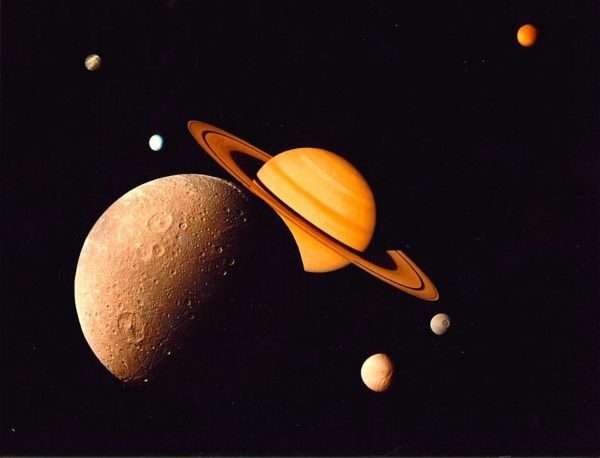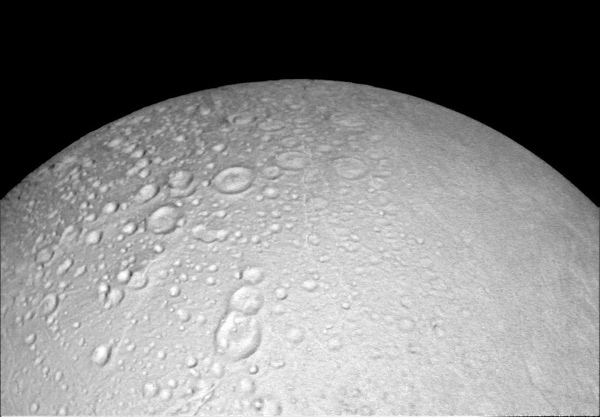SPACE: Signs of Possible Life on Saturn’s Moon Enceladus?
The methane wafting from Enceladus may be a sign that life teems in the Saturn moon’s subsurface sea, a new study reports. In 2005, NASA’s Cassini Saturn orbiter discovered geysers blasting particles of water ice into space from “tiger stripe” fractures near Enceladus’ south pole. That material, which forms a plume that feeds Saturn’s E ring (the planet’s second-outermost ring), is thought to come from a huge ocean of liquid water that sloshes beneath the moon’s icy shell. And there’s more than just water ice in the plume. During numerous close flybys of the 313-mile-wide (504 kilometers) Enceladus, Cassini spotted … Read more






